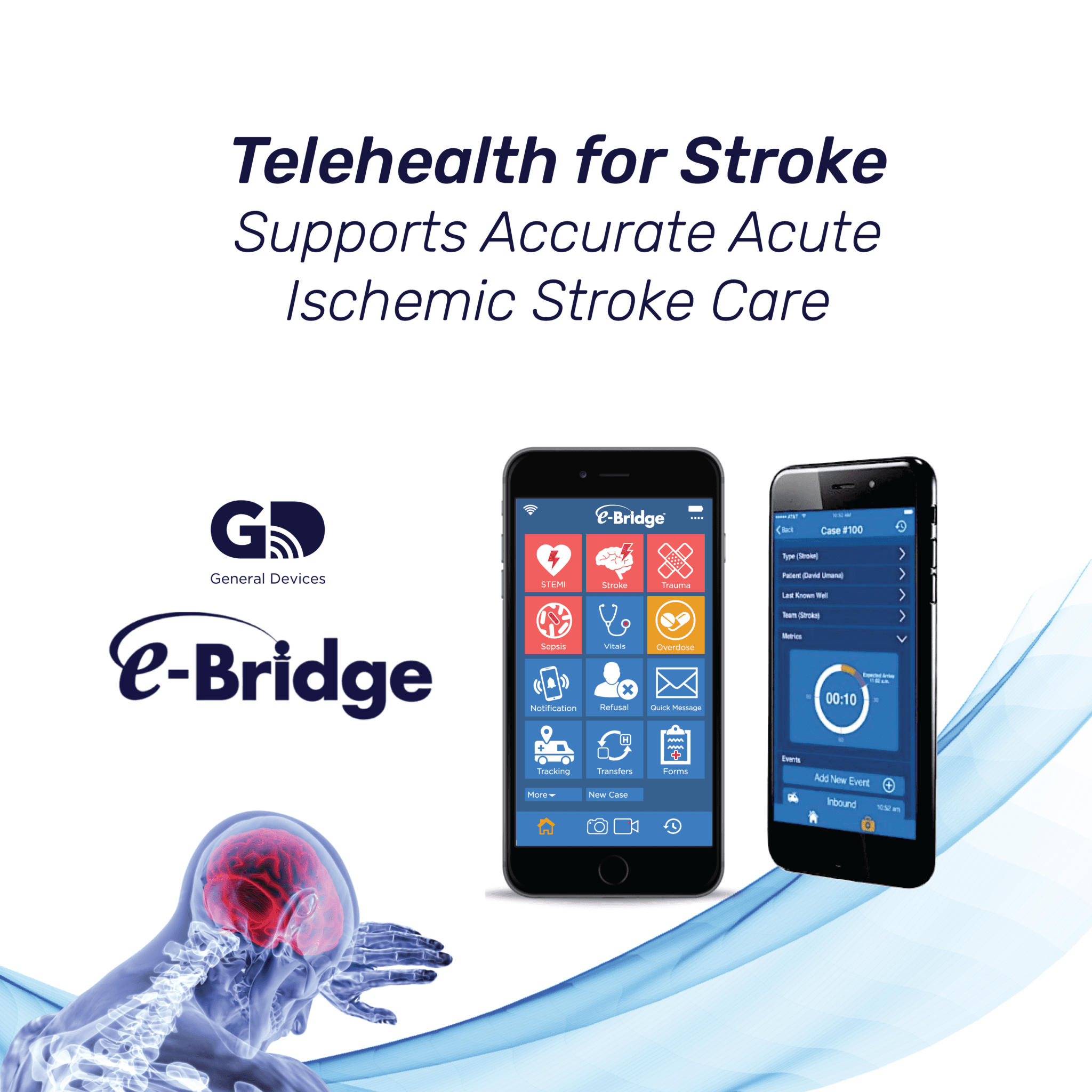Pre-Hospital Telehealth for Stroke Supports Acute Ischemic Stroke Care
Telehealth for Stroke Supports Acute Ischemic Stroke Care
When it comes to acute stroke care, EMS and neurology teams are well aware that “time is brain.” With stroke patients at risk of losing up to 2 million brain cells per minute, EMS must be prepared to assess stroke patients as quickly as possible to determine the initial course of treatment and transport destination. Similarly at the hospital, stroke teams need to rapidly determine the appropriate course of treatment. In the case of ischemic stroke, for the administration of IV tPA to break up clots and prevent brain damage, critical information must be gathered.
Pre-Hospital telehealth for strokes can facilitate capturing this patient information at first medical contact—without delaying transport or treatment. The GD e-Bridge Stroke mobile telemedicine Module being fully configurable and HIPAA secure, allows EMS to easily gather, and hospital teams to swiftly access, three critical pieces of information necessary to deciding whether to administer tPA: the patient’s “last known normal,” informed consent from next of kin, and a medical history. Having this information shared across the team in real-time can help decrease door-to-needle times and ensure fast, accurate administration of tPA.
Determining eligibility for tPA through telehealth
Typically, the recommended treatment window for tPA administration for patients with acute ischemic stroke is up to three hours from the patient’s “last known normal” or “last known well,” which is the last time the patient was known to be without stroke symptoms. In order for tPA to be administered in a timely and effective manner, healthcare teams must have a clearly defined last known normal. The e-Bridge Stroke Module allows EMS to collect this data and communicate it in seconds to the hospital. Through e-Bridge’s telehealth features, EMS can also send pictures, audio and/or video of the stroke assessment right to the CAREpoint Workstation in the emergency department and to the entire hospital stroke team.
Telehealth to quickly obtain consent from next of kin
Like any procedure, tPA has its risks and complications. In most cases, consent from the patient’s next of kin is necessary before healthcare teams can administer tPA for ischemic stroke. But tracking down next of kin can drastically slow down the process of administering the clot busting agent. There is a desire in the medical community for a standardized approach to getting consent for administering tPA. e-Bridge Stroke Module can facilitate this early on by enabling EMS to obtain informed consent through live or recorded video before the patient’s arrival at the hospital.
Document medical history
It is important to obtain a thorough medical history, including medication(s), recent procedures, injuries and hospitalizations. A patient who takes anticoagulants, for example, may be excluded from having tPA administered, depending on the dosage and when exactly the patient took the medication. Administering tPA to a patient who recently had major surgery or trauma could also be harmful. e-Bridge Stroke Module allows EMS to document and report a patient’s medical history on-scene or en-route to the ED and into the hands of hospital teams as quickly as possible. Whether the patient needs tPA or another form of treatment, e-Bridge’s real-time ETA tracking enables acute care teams to prepare for the patient’s arrival ahead of time. And if complications do arise, e-Bridge’s streamlined team communication and data sharing means all teams have the most updated information and outcomes feedback.
e-Bridge Stroke Module supports EMS and hospital teams not only in determining the patient’s “last known normal,” receiving informed consent from next of kin and getting a thorough medical history, it also facilitates and accelerates stroke workflow and management from first medical contact by EMS all the way to CT and intervention. It reduces bottlenecks and constraints, enables consistency and process improvement that improves metrics, so that the patient receives the right care at the right time and the right place to save lives and improve outcomes. Start a Discovery Call to learn more about how e-Bridge can help save critical time during stroke care.
About GD (General Devices)
GD is a Med-Tech company specializing in mobile telemedicine and telehealth solutions that help EMS and fire first responders, hospitals, and Mobile Integrated Healthcare deliver smarter, expedient patient care. Powered by responsive innovation, GD’s e-Bridge and CAREpoint solutions facilitate secure, mobile communications and rapid data sharing across acute and non-acute care teams to help save time, money and lives. Backed by a 40+ year history and thousands of implementations, GD is a widely revered industry leader. Visit https://general-devices.com/ to learn more.

